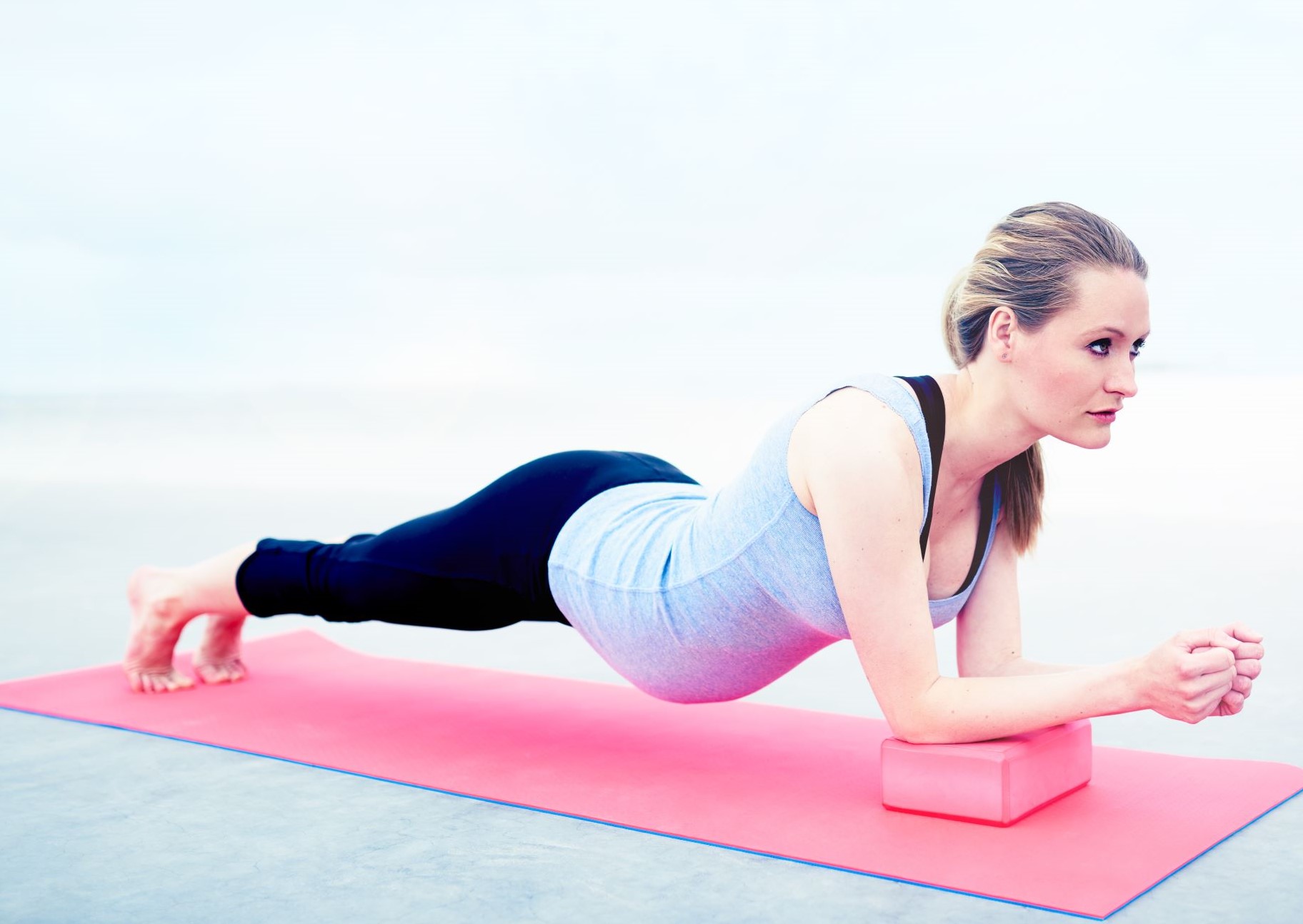
Abdominal Exercise During Pregnancy: A Comprehensive Guide
Pregnancy is a transformative journey that brings about numerous physical and hormonal changes in a woman’s body. While regular exercise is generally encouraged during this period, there are certain types of exercises that should be avoided or modified to ensure the safety and well-being of both the mother and the developing baby. One such area of concern is abdominal exercise.
Understanding the Anatomy of the Abdominal Muscles
The abdominal muscles, also known as the core muscles, play a crucial role in maintaining posture, stabilizing the spine, and supporting the growing uterus during pregnancy. They consist of several layers:
- Rectus abdominis: The most superficial layer, located along the front of the abdomen
- Transverse abdominis: The deepest layer, which wraps around the abdomen like a corset
- Internal and external obliques: The muscles on the sides of the abdomen that help with twisting and bending
Impact of Pregnancy on Abdominal Muscles
As the uterus expands during pregnancy, it exerts pressure on the abdominal muscles, causing them to stretch and weaken. This can lead to a condition known as diastasis recti, where the two halves of the rectus abdominis muscle separate along the midline. Additionally, the hormone relaxin, which is produced during pregnancy, further relaxes the connective tissues in the body, including those in the abdomen.
Safe Abdominal Exercises During Pregnancy
Despite the changes in the abdominal muscles during pregnancy, there are certain exercises that can be safely performed to strengthen the core and support the growing baby. These exercises should focus on engaging the transverse abdominis muscle, which helps to stabilize the spine and prevent diastasis recti.
- Pelvic tilts: Lie on your back with your knees bent and feet flat on the floor. Tilt your pelvis up, flattening your lower back against the floor. Hold for a few seconds and then release.
- Bird dog: Start on your hands and knees. Extend your right arm forward and your left leg backward simultaneously. Hold for a few seconds and then switch sides.
- Plank: Hold a position with your forearms on the floor and your body in a straight line from head to heels. Engage your core and hold for as long as possible.
- Side plank: Lie on your side with your elbow directly under your shoulder. Lift your hips off the floor and hold for as long as possible.
- Kegels: Contract your pelvic floor muscles as if you are trying to stop the flow of urine. Hold for a few seconds and then release.
Exercises to Avoid During Pregnancy
Certain abdominal exercises should be avoided during pregnancy as they can put undue stress on the abdominal muscles and increase the risk of diastasis recti. These include:
- Crunches: These exercises involve bending the spine forward, which can put pressure on the abdominal muscles and cause separation.
- Sit-ups: Similar to crunches, sit-ups involve lifting the entire torso off the floor, which can further weaken the abdominal muscles.
- Double leg lifts: These exercises involve lifting both legs off the floor at the same time, which can put strain on the lower back and abdominal muscles.
- Russian twists: These exercises involve twisting the torso from side to side, which can put stress on the abdominal muscles and increase the risk of diastasis recti.
When to Start and Stop Abdominal Exercise
It is generally recommended to start abdominal exercises after the first trimester of pregnancy, when the uterus is still relatively small and the risk of diastasis recti is lower. However, it is important to listen to your body and stop exercising if you experience any pain or discomfort. It is also advisable to stop abdominal exercises in the last few weeks of pregnancy, as the uterus is at its largest and the risk of diastasis recti is highest.
Tips for Safe Abdominal Exercise During Pregnancy
- Always engage your core muscles by drawing your belly button towards your spine.
- Avoid holding your breath during exercises.
- Start with a few repetitions of each exercise and gradually increase as you get stronger.
- If you experience any pain or discomfort, stop the exercise and consult with your healthcare provider.
- Listen to your body and take breaks when needed.
Conclusion
Abdominal exercise during pregnancy can be a safe and beneficial way to strengthen the core muscles and support the growing baby. However, it is important to choose exercises that are appropriate for each stage of pregnancy and to avoid those that can put undue stress on the abdominal muscles. By following the guidelines outlined in this article, pregnant women can safely engage in abdominal exercise and reap the benefits of a strong core throughout their pregnancy and beyond.